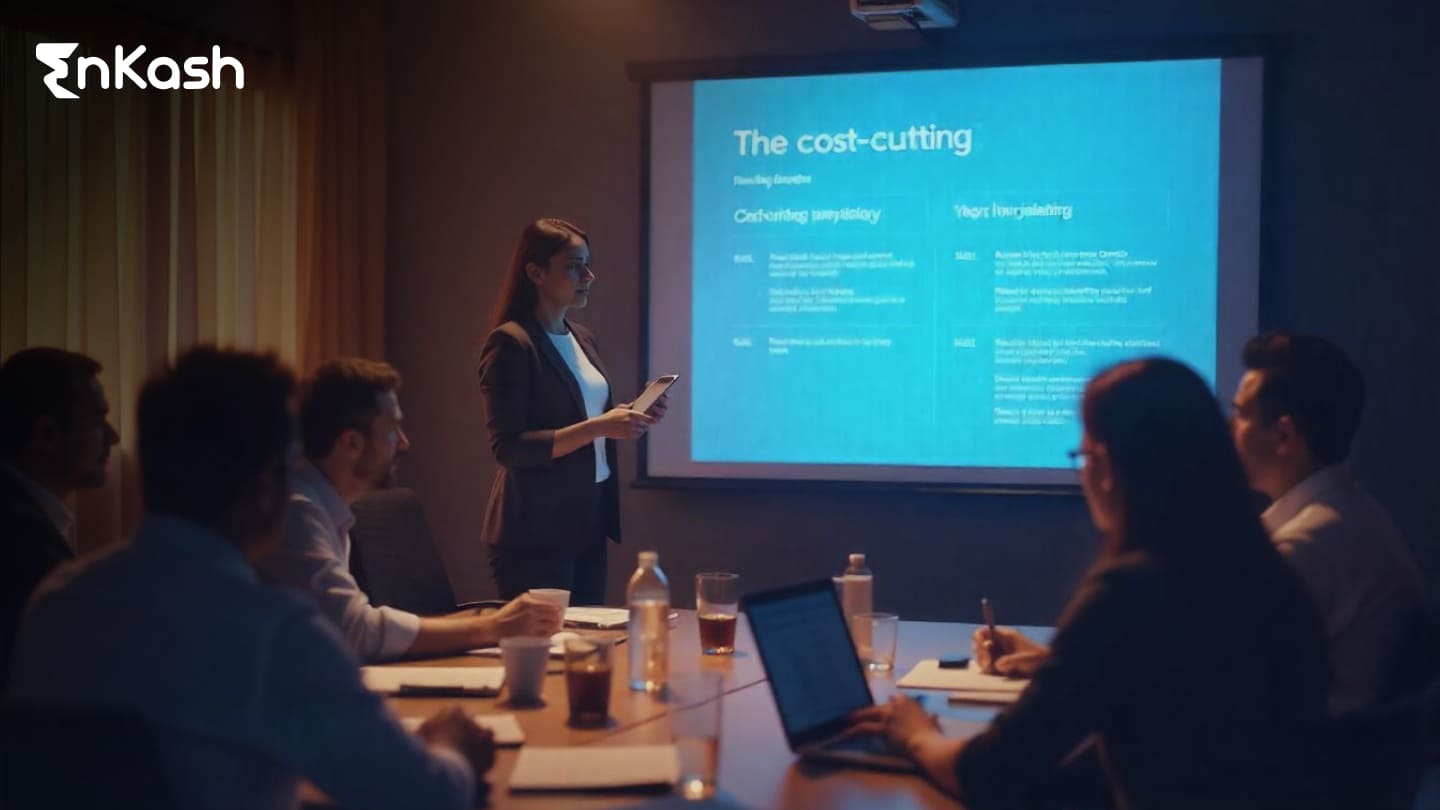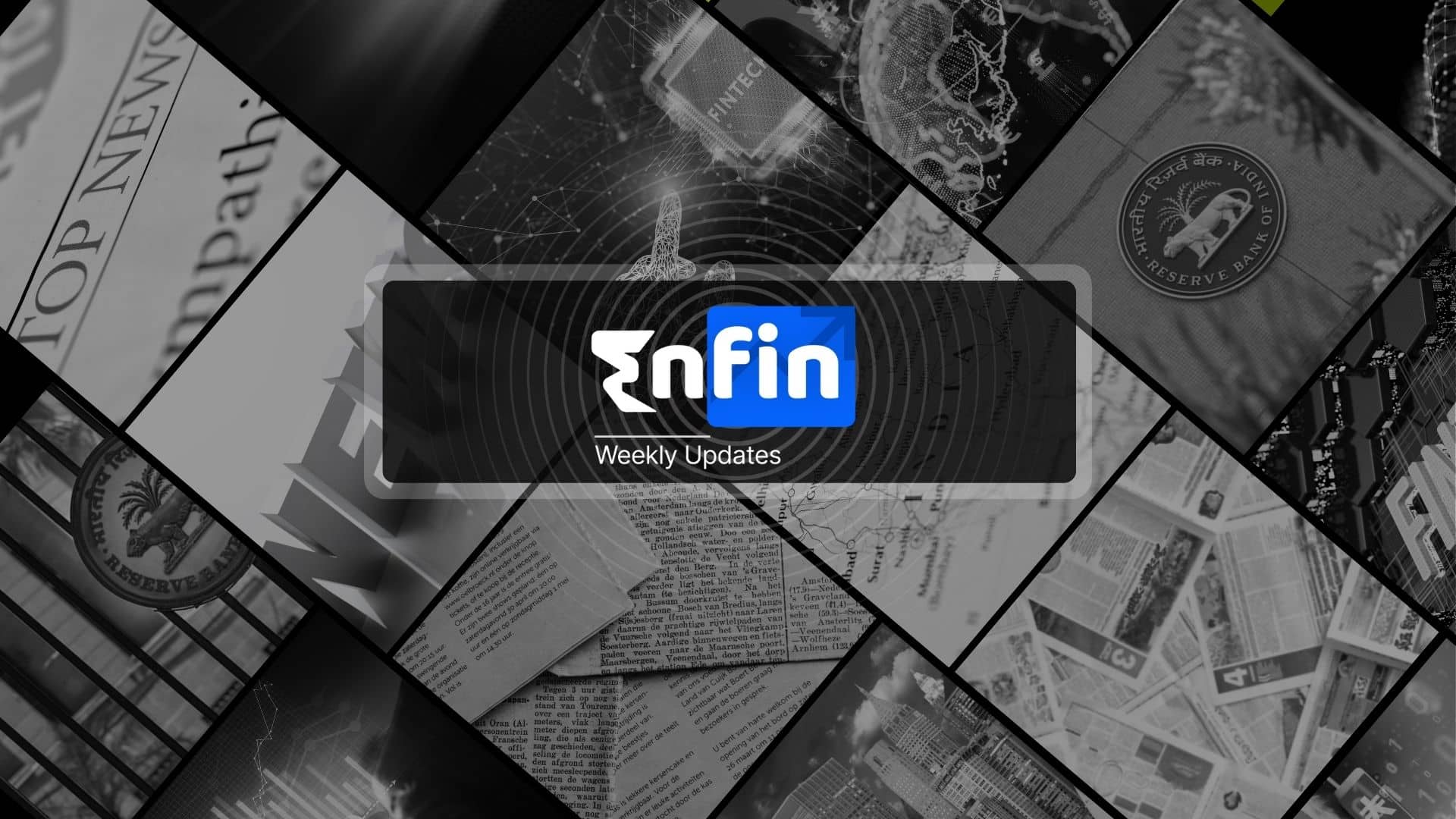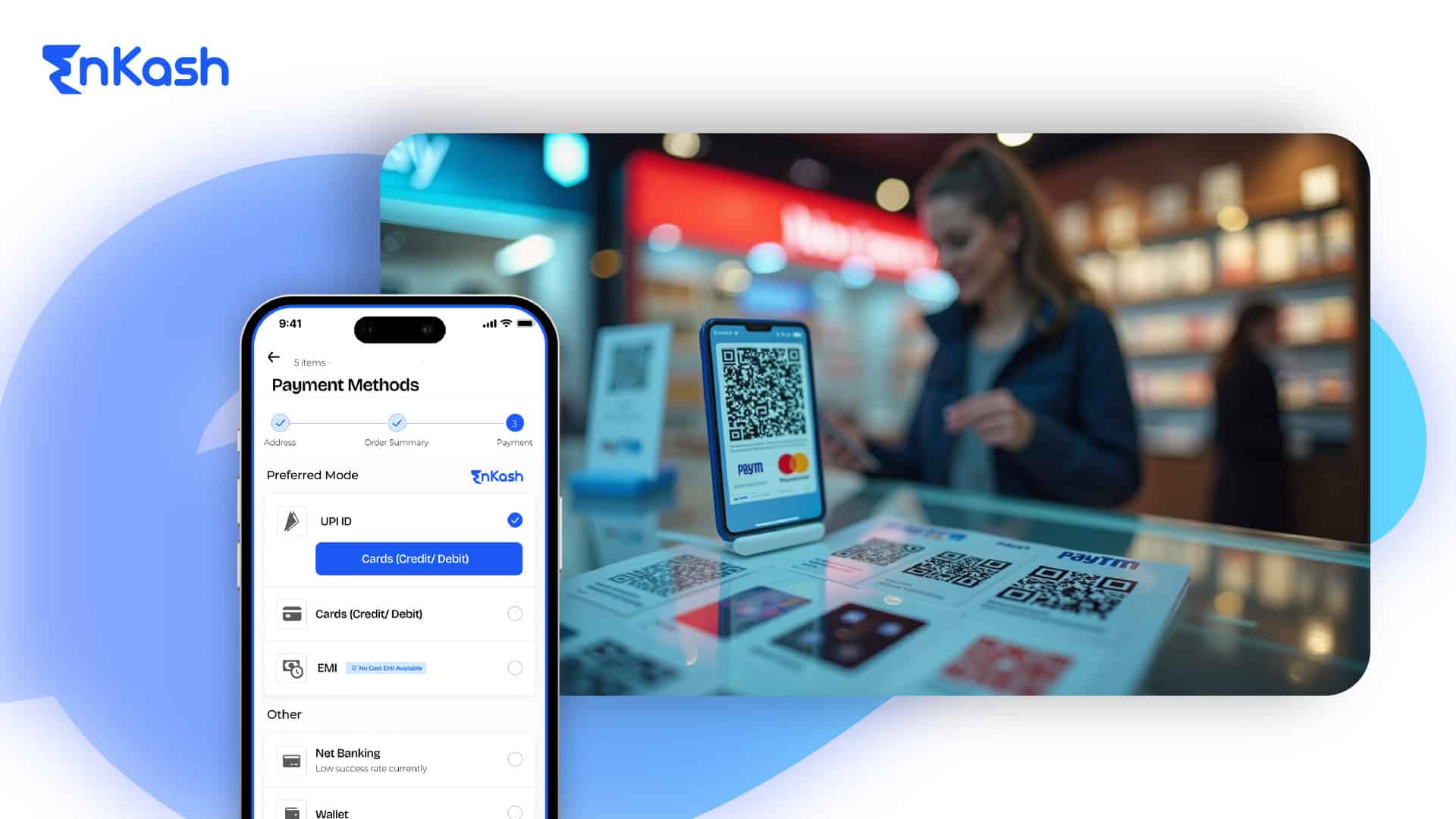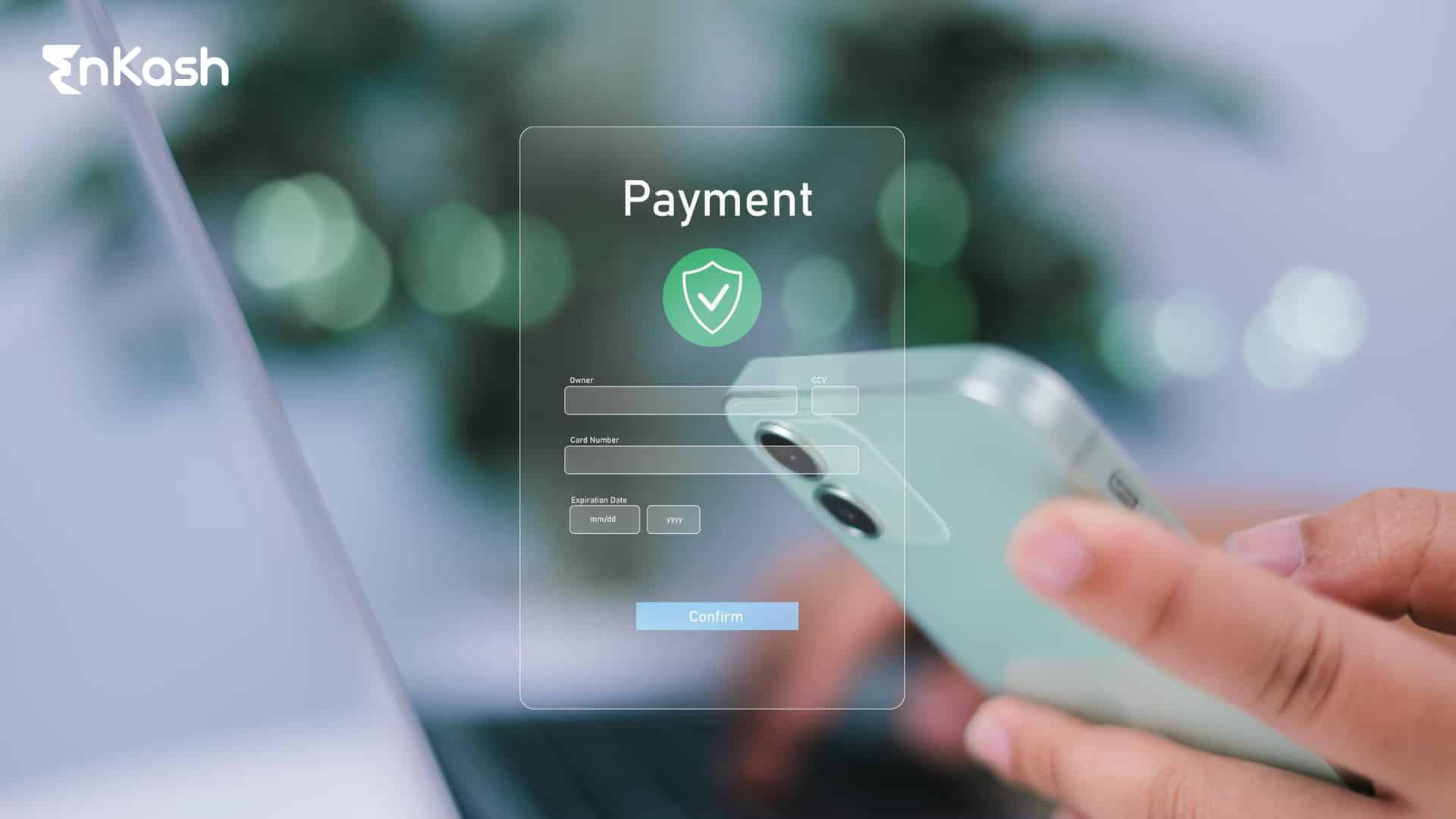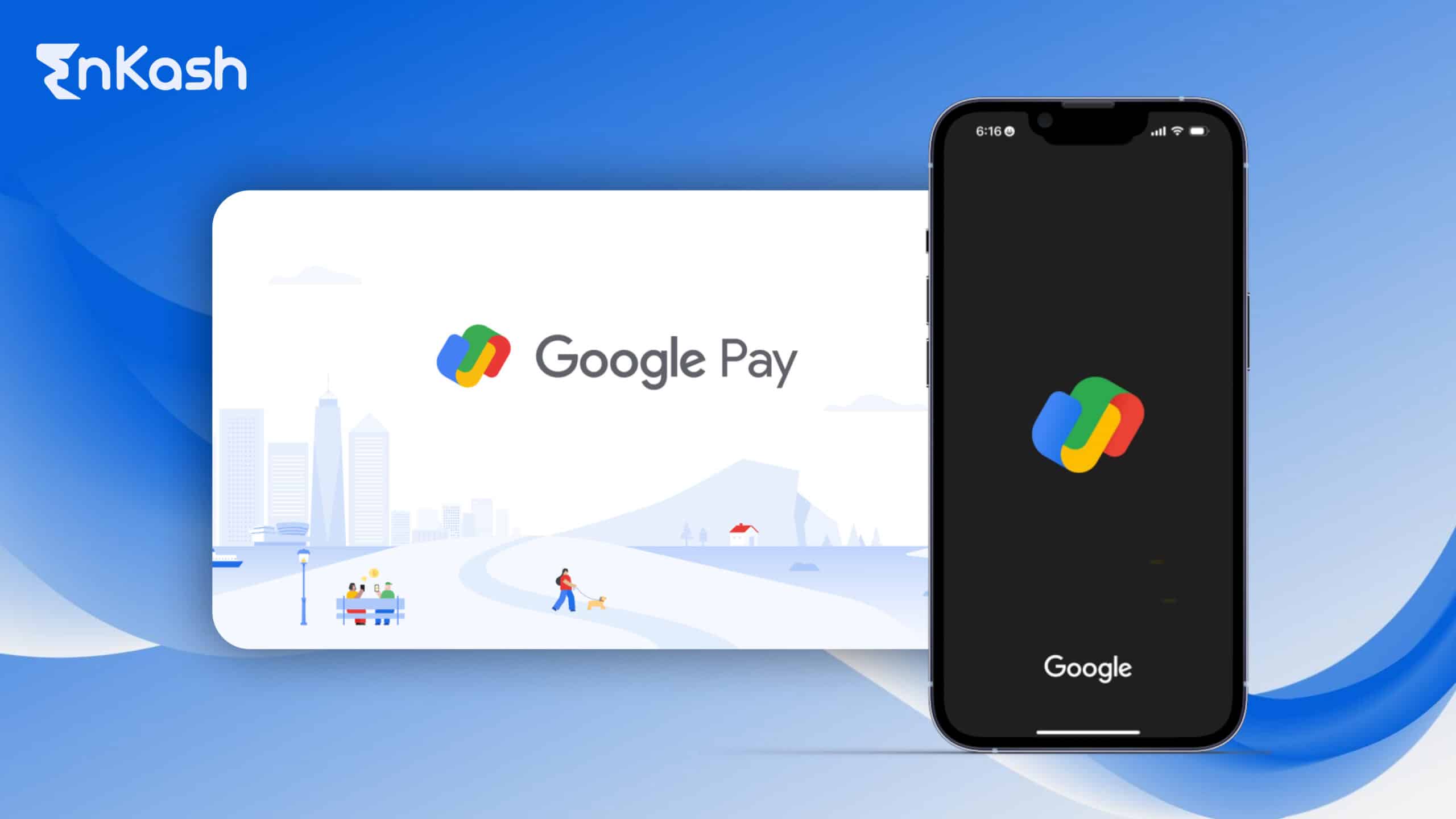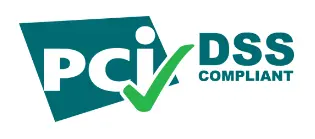Managing costs is an important element of efficient business management. It requires skills to understand the competitive landscape, navigate the path that works best for your business, and help you with costs. As a business owner, you need to hone your cost management skills to promote growth and financial stability in business. costs. As a business owner, you need to hone your cost management skills to promote growth and financial stability in business. Effective cost control not only helps improve profitability but also ensures your business adapts to ever-changing market conditions. By keeping expenses under control, businesses can ensure they remain competitive and sustainable in the long run.
What is Cost Control?
Cost control in business is constantly tracking and managing expenses to maintain financial stability in the organization. Expenses are necessary for running a business but analyzing them helps in maintaining business costs.
To control costs, businesses need to identify and analyze various expenses like operating expenses, incidental expenses, and production costs. Further, measures must be taken to optimize these expenses.
However, businesses must not compromise on product or service quality while minimizing costs. Effective cost control is vital for businesses to achieve growth and success in the long run.
Importance of Cost Control
- Cost control helps optimize business expenses allowing businesses to generate higher profits and improve financial performance.
- Cost control reduces the risk of financial crisis and cash flow problems helping ensure financial stability in the business.
- It provides insights into spending patterns and cost drivers facilitating better investment choices and resource allocation.
- It is a strategic tool that helps businesses maintain financial stability, profitability, and growth in a dynamic environment.
Benefits of Cost Control Management
Cost control management offers numerous benefits from improving profits to facilitating cash flow in your business. Let us know about these benefits in detail:
Cost Savings
Cost control helps recognize areas of excessive spending and wastage of resources. Businesses can implement cost-saving measures and reduce expenses by optimizing resource allocation and improving their financial performance.
Resource Optimization
Managing costs effectively helps ensure that resources are utilized to their full capacity, dismissing any instances of underutilization.
Competitive Advantage
Companies can make a pricing strategy over their competitors and gain an edge over them by using their cost-effectively.
Improved Profitability
Cost control is directly associated with a company’s profitability. It facilitates businesses to generate higher profits, increase their profit margins, and promote financial growth.
Risk Management
Actively monitoring costs in the business can help in mitigating the financial risks. Businesses can identify potential cost overruns, unforeseen expenses, and budget variations. This identification helps in taking proactive measures to combat the risks.
Better Cash Flow
Businesses can keep a steady cash flow by cutting down on unnecessary expenses and managing their payment cycles efficiently.
Strategic Decision-making
Businesses can gain insights and use them to make decisions strategically. All the important decisions related to price and product development can be made using data and insights.
Operational Efficiency
Having a cost control strategy in place brings efficiency to operations as it helps identify gaps, improve processes, and optimize the overall workflow producing better results and seamless operations.
Financial Stability
Managing costs in business helps in financial stability by avoiding unnecessary expenses. This way organizations can manage their finances better despite market fluctuations.
Long-term Growth
Cost control leads to optimizing finances and resources which can be further used to fund growth initiatives. Businesses can foster their long-term growth and success by using their cost management skills.
Better Financial Forecasting:
Through effective systems of control, businesses can forecast much better future expenses and profits. Short- or long-term financial objectives become more easily attainable planned.
Better Decision Making:
Accurate and timely cost data enable businesses to make well-informed investment decisions, allocate resources optimally, and implement useful operational changes.
Increased Operational Flexibility:
Proper cost control provides a high degree of flexibility for companies to invest in new opportunities, adapt to market shifts, or react to changes in customer demand with little intervention by the cost hurdle.
Sustainability:
The health of a business through effective cost control can ensure that a business survives tough economic circumstances, changing markets, or disruptions within industries as an effective means of sustaining the business’s future competitiveness.
Employee Morale and Efficiency:
Companies can put back into work employee training, better incentives, and enhanced working conditions through the practice of cost control efficiencies, which would improve the business morale and productivity.
Regulatory Compliance:
Cost control is the other weapon that would ensure that companies operate within the billion-dollar frameworks or compliance requirements established by regulatory authorities in some business sectors so as to avoid incurring fines and legal wranglings with such authorities.
Key Components of Cost Control
Here are some of the key components of cost control:
Budgeting & Planning
Budget is the unsaid backbone of any business operation. That is why having a defined budget for every business activity is necessary. Cost control requires expert budgeting along with revenue projections. Planning is the next most important thing to do after budgeting. With a plan in place, businesses can allocate their resources well and align them better with business goals.
Cost Analysis
Identifying and examining all the cost components in an organization helps in cost analysis. Knowing all the factors that contribute to expenses inclusive of direct and indirect costs helps optimize expenses.
Expense Tracking
Businesses need to track their expenses and compare them with the budget allocated for the same. Companies can identify the gaps and take measures to ensure that expenses are equivalent to the budget by tracking them in real-time.
Techniques for Cost Control
Budget
Businesses need a financial plan to function effectively. This plan is called a budget. It has projected revenues and expenses specified for a period of time. The expenses made are constantly compared with the budget and based on that there is cost control by defining limits and targets for different organizational departments.
Cost Reduction
Businesses need to identify and implement measures that help minimize expenses without compromising the quality of products or services. Organizations can negotiate better with suppliers and optimize operational processes to improve efficiency.
Cost Accounting
Organizations can understand the cost structure and allocate expenses accordingly using the cost accounting method. This enables them to make informed decisions, allocate resources better, and implement cost control methods.
Earned Value Management
A technique that integrates cost, schedule, and performance data. It enables tracking the value of work completed with the budget planned and schedule. It helps organizations monitor project costs effectively, and take corrective measures.
Analysis of Variance
A technique used to analyze and decode the differences between planned and actual business costs is the analysis of variance. Businesses use it to identify the reason behind cost variance.
Budgetary Control
Organizations can try budgetary control methods using which they can monitor and control their expenses as per their approved budget. This method includes periodic reviews, tracking actual expenses, and comparing them with budgeted amounts. It also includes the implementation of corrective actions when required.
Outsourcing
The process of allocating business tasks to external service providers; outsourcing enables businesses to reduce their costs and operational expenses.
Switch to CIP
Continual Improvement Process or CIP is a systematic process to enhance cost control. It includes finding areas of improvement, making goals, implementing necessary changes, and finally monitoring the impact of changes implemented.
Businesses can manage their expenses better and promote financial efficiency by adopting these cost-controlling techniques.
What are the Cost Control Strategies?
Supplier Management
This strategy focuses on establishing strong relationships with suppliers to get favorable pricing and flexible terms and conditions. Maintaining good relationships with suppliers includes having clear communication and partnerships that drive cost savings and enhance the overall supply chain.
Pricing Strategies
Setting competitive prices for the customer is a strategy that helps bring profitability. Businesses can decide on dynamic pricing, value-based pricing, and cost-plus pricing by analyzing the market and customer demands.
Inventory Management
This strategy is strictly against overstocking and understocking. Organizations need to monitor and control their inventory levels by reducing carrying costs and the risk of outworn stock.
Process Optimization
This strategy aims to streamline business operations by eliminating inefficiencies in the system. It is undertaken by analyzing workflows and improving them by removing obstructions and automating manual tasks.
Waste Reduction
Businesses can reduce waste by utilizing their resources to the fullest. This can be done by implementing recycling programs and promoting sustainable measures at work.
Forecasting for Cost Control
Budget forecasting is a very important aspect in the effective management of the funds of a business, specifically in cost control. It anticipates incurred expense activities projected future income flow, as well as alterable components in the finances, to make a way for a well-orchestrated financial system that will direct the strategic actions of decisions. Here is how forecasting contributes to cost control:
Predicting Future Expenses and Income Streams
Forecasting creates an opportunity for businesses to estimate future cash costs, including those related to production, operating expenses, and any other unforeseen outflows. By analyzing historical information with market trends, it can be said that they might come up with a fresh budget for possible fluctuations of costs. On the other hand, the predicting income stream allows expected revenues not to exceed expenditures.
Establishing Realistic Budgets
Creating an everlasting realistic flexible budget is one of the strongest points of forecasting. Devoid of accurate forecasts, future expenses would never be estimated properly, leading to over- or underestimation of costs. An appropriate forecast will allocate resources wisely by directing funds into areas that will give the highest return on investment while avoiding wasteful expenditure.
Foresight of Possible Cost Overruns
Forecasting helps point out which areas are susceptible to cost overruns, such as raw material price escalations, regulatory shifts, or economic changes. These early warning signs allow businesses to take proactive measures as renegotiating supplier contracts or adjusting production schedules to prevent their expenses from spiraling out of control.
Making Strategic Financial Decisions
With accurate forecasting, businesses can make decisions about investment, expansion, or cost-cutting. With forecasting, financial scenarios help in determining the right time to invest in new technology or alter pricing strategies to remain cost-effective without unnecessary expenditures.
Identifying and Managing Risks
Forecasting ultimately helps make companies prepared for issues such as the changes in raw material prices or labor shortages. It provides companies the capacity for contingency planning and the efficient allocation of the resources, which eludes most chances of causing financial surprises so that profitability can be maintained during hard times.
Improving Cash Flow Management
Forecasting also manages the cash flow because it can indicate when expenses will be higher or revenue will not be received for a while. So the business can plan the cash flow requirement, minimize potential shortage and use funds when required. Therefore, forecasting also helps indicate when one could face potential financial strain, thereby giving the business the chance to secure financing or negotiate payment terms with suppliers.
Optimizing Operational Efficiency
Last but not least, forecasting allows companies to predict their needs for the near future, enabling them to organize their inventory, optimize their production schedules, and minimize waste, thus making their operations more economic and efficient.
Read more about Budgeting Vs Forecasting
What is the Difference Between Cost Control and Cost Management?
Aspect |
Cost Control |
Cost Management |
Definition |
Continuous process of monitoring and regulating any expenses to remain within budget. |
A broader term that covers all aspects of cost planning, budgeting, monitoring, and control. |
Scope |
Focuses specifically on the actual performance of expenses |
Coordinates Cost Planning and Cost Implementation. |
Purpose |
Keep the pre-established budget from being exceeded by expenses. |
The overall financial performance of the business will be optimized through strategic decisions made. |
Focus |
Manage and regulate current costs. |
Decide strategically on allocation of resources and scheduling of projects. |
Approach |
Reactive, focused on correcting deviations from the budget. |
Proactive,involving planning and decision-making to optimize costs. |
Timeframe |
Continuous and ongoing process. |
Includes both short-term and long-term perspectubes. |
Difference Between Cost Control and Cost Reduction
Aspect |
Cost Control |
Cost Reduction |
Definition |
The process of tracking and managing costs to ensure their adherence to budgets |
Identifying and implementing measures to permanently lower expenses. |
Goal |
To maintain a balance between quality and cost in the face of some financial limits |
To achieve an overall cost reduction in the long term. |
Approach |
Continuous and ongoing monitoring. |
Focuses on specific, often one-time measures to reduce costs. |
Focus. |
Regulating current expenses. |
Removing restrictions or improving terms in reducing costs. |
Impact |
Keeps costs in line with the pre-established budget. |
Leads to a permanent decrease of costs over time. |
Examples |
Monitoring daily expenses, controlling project budgets. |
Process improvements, supplier contract renegotiation, automation. |
Cost Control in Different Industries
Cost management is dimensionally different from one industry to another given the various challenges posed by each industry. Here is a brief outline of how cost control measures are adopted by various sectors:
Manufacturing: Cost control in manufacturing involves perfecting innovative production processes, cutting waste, and maintaining efficient inventory management. Techniques like lean manufacturing and automation play their roles in keeping costs down.
Retail: In retail, cost control is usually related to management on the part of inventory, negotiating with suppliers, and lowering operational costs like staffing and utilities. Trying to enhance supply chain management and stock optimization will also make a difference in cost control.
Healthcare: In healthcare settings, cost containment refers to the management of medical supplies, labor cost containment, and minimizing inefficiencies in patient care while ensuring that service delivery is not compromised. It can also include streamlining of administrative processes and ideally the use of technology in reducing costs.
Construction: In construction, cost control pertains to budgeting for materials, labor, and time. It is through effective project management that one can minimize delays and unforeseen costs by applying a proper procurement strategy.
Technology: Cost control for technology companies would include R&D costs, employee expenses, and operation costs such as software licenses and hardware purchases. Such companies often resort to harnessing cloud services and various automation tools to serve reduced purposes at lower costs while keeping optimum efficiency.
How EnKash help in Cost Control Management?
An expense management solution, EnKash helps organizations in effective cost control management in the following ways:
Expense Automation
EnKash helps businesses automate their complete expense process eliminating manual intervention and reducing errors. Organizations can digitize their receipt capturing, expense reporting, and approval workflows to save themselves time and money.
Real-time Visibility
Companies can get real-time visibility into their expenses with EnKash’s user-friendly dashboard. Organizations can access reports, track their expenses, and monitor cost trends to make better decisions.
Improve Cost Control In Business
Policy Enforcement
Expense policies and compliance rules can be enforced on business expenses using EnKash. Whenever there is a mismatch between the policy defined and the expense made in the organization, the event is immediately flagged to prevent overspending.
Data-driven Insights
With EnKash, businesses can get data insights and reporting tools to understand spending patterns and areas of cost saving. Using these insights, businesses can reduce their costs on unnecessary areas and allocate their resources efficiently.
Integration with ERP systems
EnKash facilitates easy integration with ERP softwares allowing seamless data transfer. This allows the seamless flow of updated information leveraging quick decision-making and implementing cost control measures timely.
Businesses can streamline their cost control processes, minimize manual effort, and get better visibility into their expenses with EnKash.
To know more about cost control management, read the FAQs below.
What does cost control mean?
The process of managing and reducing business expenses while ensuring they are the same as the budget defined is cost control.
What are the examples of cost control?
Using efficient procurement practices, optimizing the allocation of resources, minimizing waste, and enforcing expense policies are some examples of cost control.
What is the use of cost control in businesses?
Businesses can monitor and manage expenses and improve their financial performance with the help of cost control.
What are some of the cost control methods?
Budgeting and forecasting, vendor management, process optimization, waste reduction, and implementing technology solutions for automation.
What is the main objective of cost control?
To manage and minimize business costs while keeping the quality of products or services intact.
What is the cost control and cost reduction?
Cost control aims to manage and keep business costs within a predefined budget, whereas cost reduction means to reduce business costs to achieve certain targets.







